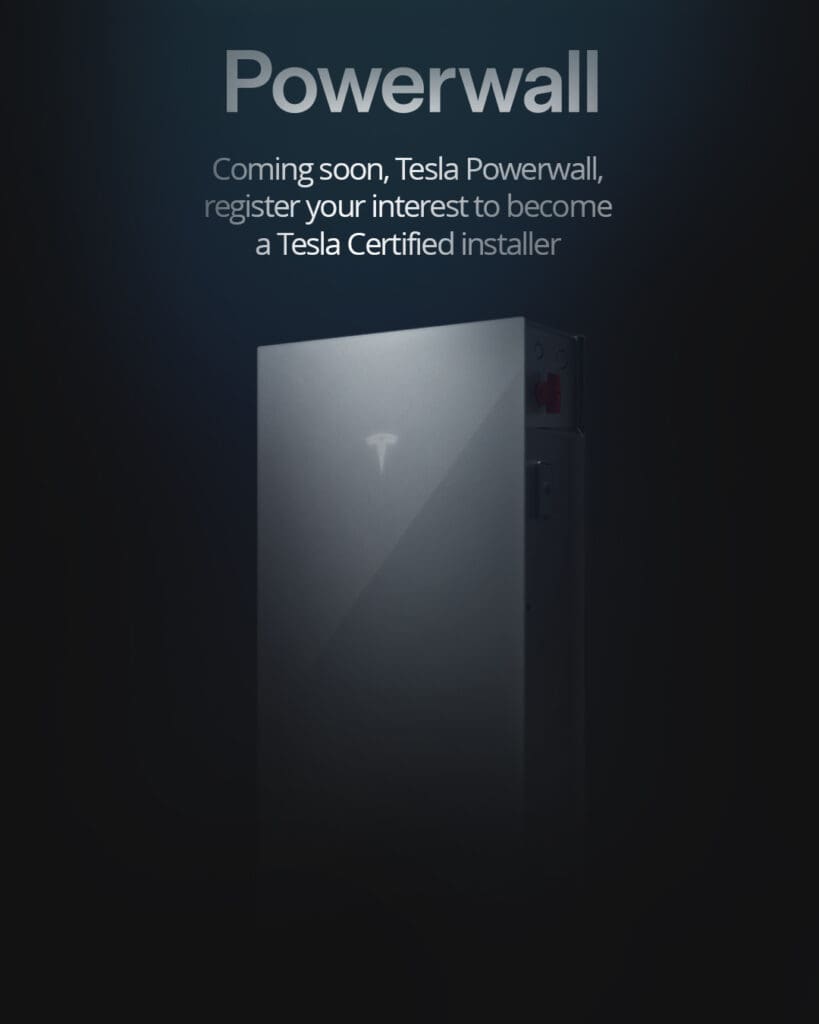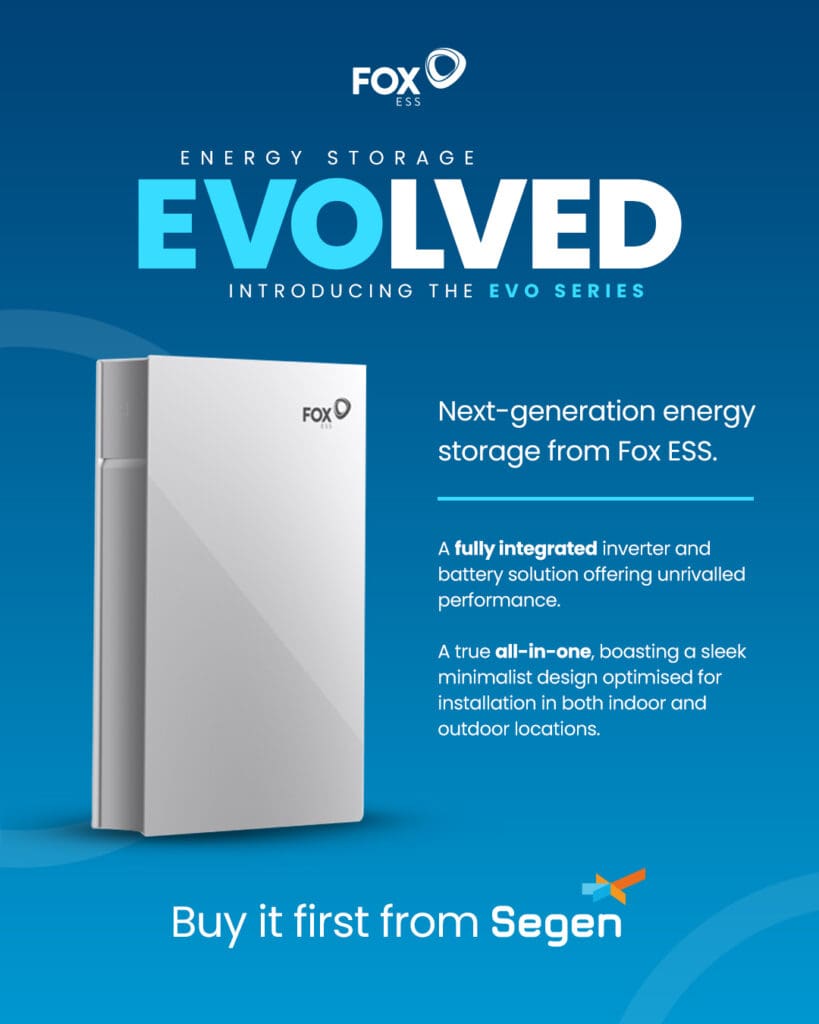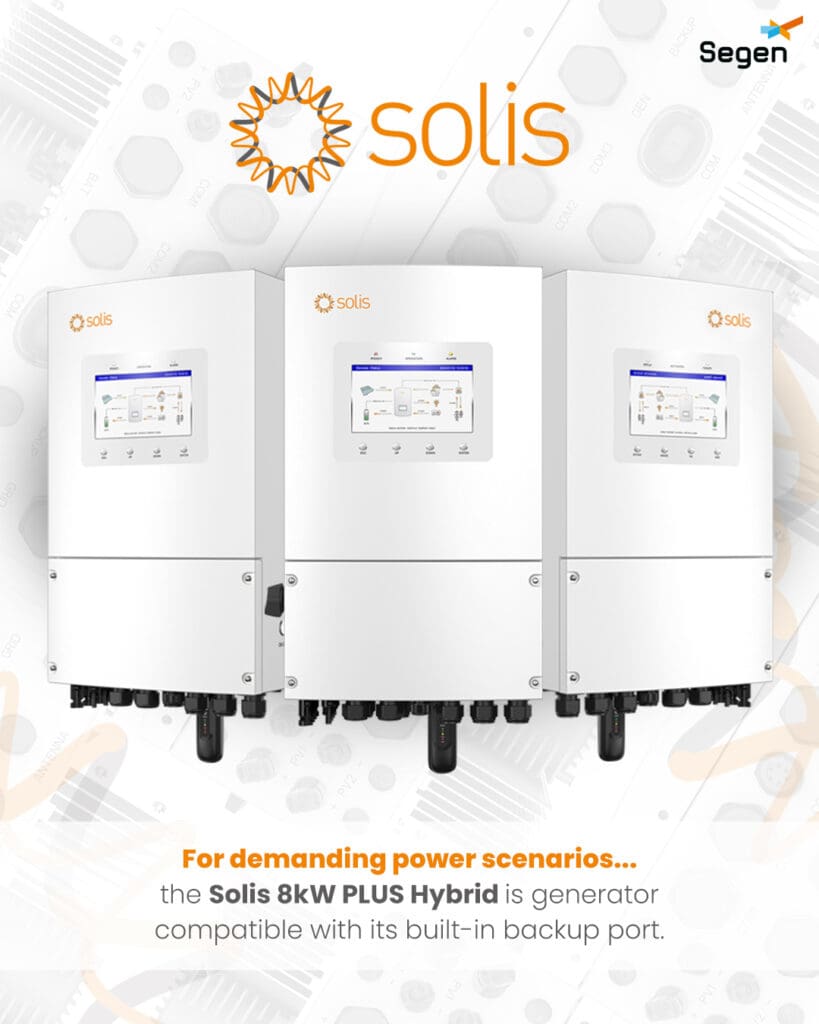Ireland embraces a cleaner future while aiming for an 80% renewable energy target by 2030.
Renewable energy is filling the gap in the grip left by coal since the last of the coal-fired power stations (Moneypoint, Co Clare) fired its furnace for the last time in June.
July was the first time coal did not feature in the country’s energy mix. Solar contributied 32% of electricity that was generated from renewables. And, as of this month, grid-scale solar sits just under the 800MW mark!
There are calls to speed up the transition to renewable energy in order to meet this target. Some say that Ireland is falling behind the target of 80% renewable generation by 2030 – currently standing at 35%. However, Ireland is one of the fastest-growing solar markets with 1.2GWdc new solar capacity in 2024. This is partly due to the success of the Renewable Electricity Support Scheme (RESS).
In 2025, challenges like weak and outdated grid infrastructure, approval delays, limited storage and declining incentives are being addressed with investment in grid flexibility, streamlining of permitting processes, and more support for rooftop solar (which has fallen to 20% of installations).
Solar professionals are clearly working harder and faster to turn Ireland’s clean energy vision into reality. With every new panel installed and every outdated bottleneck removed, the country moves closer to a cleaner future. The momentum is undeniable—Moneypoint’s silence is now matched by the hum of solar farms and the rush of offshore wind. While challenges remain, Ireland’s renewable sector is proving that determination, innovation, and community support can outshine fossil fuels. The path ahead may be steep, but the horizon has never looked brighter.










